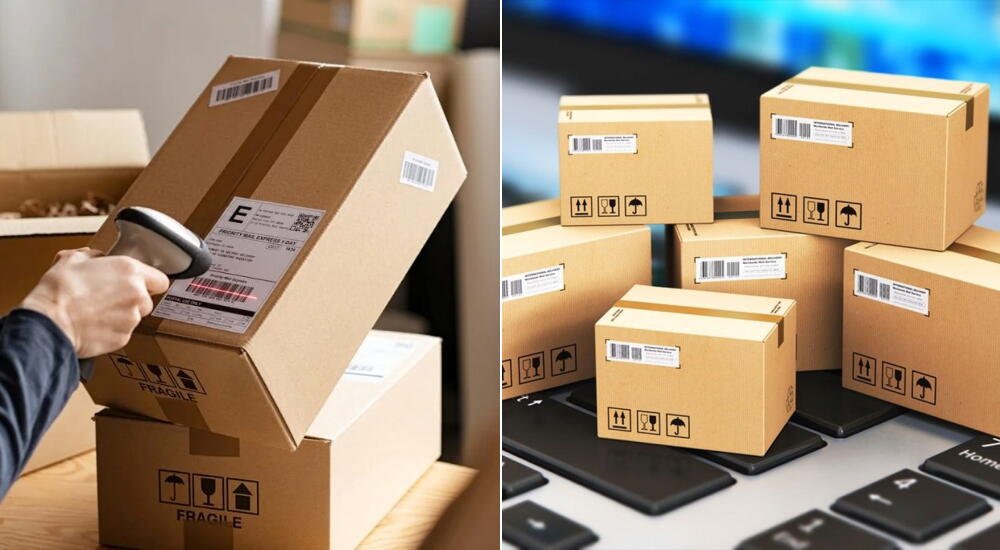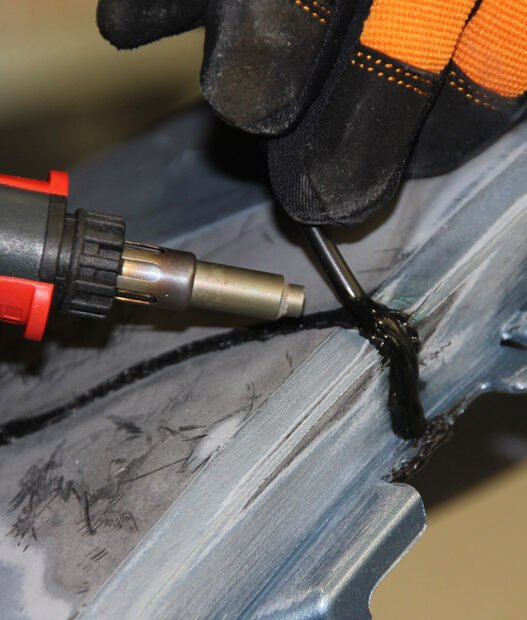For small businesses, especially those operating online or shipping physical products to customers, packaging costs can quickly add up. From cardboard boxes to bubble wrap and postage fees, what might seem like a small expense per parcel can become a significant outlay over time. Fortunately, there are plenty of ways to cut down on these costs without compromising on the quality or protection of your deliveries.
Here are some practical and effective ways small businesses can save on packaging costs, helping you protect your profits and potentially top up your savings account.
1. Buy packaging supplies in bulk
One of the simplest ways to reduce costs is by buying in bulk. Whether you’re purchasing bubble wrap, mailing bags, or cardboard boxes, most suppliers will offer significant discounts for larger, bulk orders. If you regularly ship out goods, buying wholesale will reduce your cost per item.
You should assess how much packaging you use over a typical month or quarter, and consider switching to a supplier that offers tiered discounts based on quantity. Just make sure you’ve got the storage space before you bulk buy.

2. Review your packaging sizes
Oversized packaging is a common and costly mistake. Not only do larger parcels often incur higher postage fees, but they also require more filler (like bubble wrap or packing paper) to prevent items from shifting during transit.
By correctly sizing your packaging, you reduce material waste, postage costs, and environmental impact. Consider keeping a variety of box sizes on hand to match your most common product dimensions.
Some courier services base their charges on volumetric weight, a pricing structure that takes into account package size, not just weight. This means that smaller packaging can directly reduce your shipping fees.
3. Switch to lightweight materials
Heavier packaging materials can significantly bump up your postage costs. Lightweight alternatives like corrugated cardboard, biodegradable mailers, or air pillows can provide just as much protection without the added weight.
For fragile items, consider thinner bubble wrap or eco-friendly foam alternatives instead of bulky polystyrene blocks. Just be sure that your packaging still does its primary job: protecting your product.
4. Use recyclable and reusable packaging
Using recyclable or reusable packaging isn’t just good for the planet, but it’s also good for your budget too. Encouraging customers to return packaging for reuse (especially in B2B transactions) or repurposing supplier packaging internally can lead to long-term savings.
Moreover, switching to eco-conscious packaging could be a selling point for environmentally aware customers, potentially boosting brand loyalty and sales.
5. Negotiate with suppliers
Don’t be afraid to negotiate with your packaging supplier, especially if you’ve been a long-time customer or plan to increase your order volume. Many suppliers are open to giving discounts, offering free delivery, or matching competitor prices if you ask.
It’s also worth periodically reviewing your supplier relationships to make sure you’re still getting the best deal. Loyalty is great, but not if it’s costing you more than necessary.

6. Invest in smart packaging technology
If your business is growing, it might be time to consider semi-automated or automated packaging solutions. These can optimise the way your products are wrapped and boxed, reduce material usage, and speed up fulfilment processes. This will result in saving both time and money.
While this might involve upfront investment, the long-term savings (in labour, packaging waste, and shipping costs) can be significant. Think of it as an investment that could help boost your business’ savings account down the line.
7. Take advantage of Royal Mail and courier discounts
Many courier services, including Royal Mail, offer discounted business rates once you reach a certain volume of shipments. These discounts can make a noticeable difference over the course of the year.
Look into signing up for business accounts with multiple delivery providers and compare their rates regularly. Also, keep an eye on seasonal promotions or introductory offers that can lower your shipping costs.
8. Train your team
Your packaging process is only as efficient as the people behind it. Training your staff to use materials efficiently, reduce waste, and pack quickly and securely can save you money on both materials and breakage-related returns.
Develop a few simple packing guidelines and quality checks to ensure consistency, and you’ll see a difference in cost control and customer satisfaction.
9. Track your packaging spend
Finally, keep a close eye on your packaging costs. Treat them like any other business expense and track them monthly or quarterly. This will help you identify patterns, spot areas where you’re overspending, and plan for busy periods.
You can even allocate a portion of your packaging savings to a dedicated business savings account. This creates a financial buffer you can use for future improvements, like upgrading your packaging equipment or investing in branded materials.
Packaging doesn’t need to be a money drain for small businesses. With a bit of planning, some smart supplier relationships, and a focus on efficiency, it’s entirely possible to cut down on packaging costs while still delivering a great experience to your customers.











